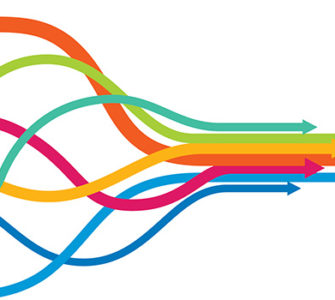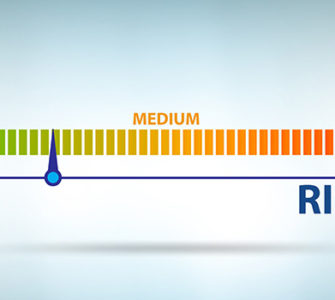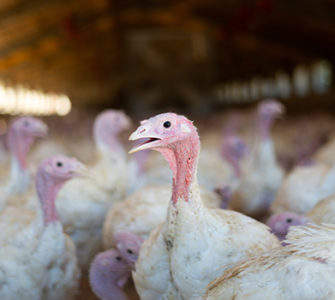With avian flu outbreaks, even the Easter bunny is hunting for eggs
The US egg supply is under pressure, first from the impact of Covid-19 and now due to outbreaks of highly pathogenic avian influenza (HPAI). That means Easter eggs may be harder to find this year, according to a recent news release from CoBank.
“US egg producers have been hard-pressed to align supplies with market demand over the last 2 years,” said Brian Earnest, lead animal protein economist with CoBank, in the release.
“The US layer flock typically expands ahead of the surge in demand for Easter and contracts during the summer months. But recent losses due to HPAI have combined with high feed costs and other challenges that are severely limiting flock-size management.”
Low inventory
According to USDA, the most recent USDA weekly shell-egg demand indicator shows about 5 days of inventory are currently on hand at the end of March. This would suggest a tight supply but not to the point of being alarming.
CoBank said “current supplies will be able to accommodate the reduction in layers as a result of HPAI outbreaks, especially at the regional level,” but new outbreaks continue to impact the industry.
Since the pandemic, the US table-egg layer flock has had to adapt. Although grocery demand rose steeply beginning in 2019, egg producers were not set up to shift lost food-service volumes related to Covid-19 into retail channels, CoBank said.
Leading up to Easter, market forces typically result in higher wholesale values for shell eggs. Now, with the tighter supply situation due to flock reductions, “prices are above fundamental ceilings,” CoBank said in a news release.
“Consumers are likely to absorb some of the cost increases as they seek to fill their baskets with eggs prior to Easter.”
Posted on April 7, 2022

















